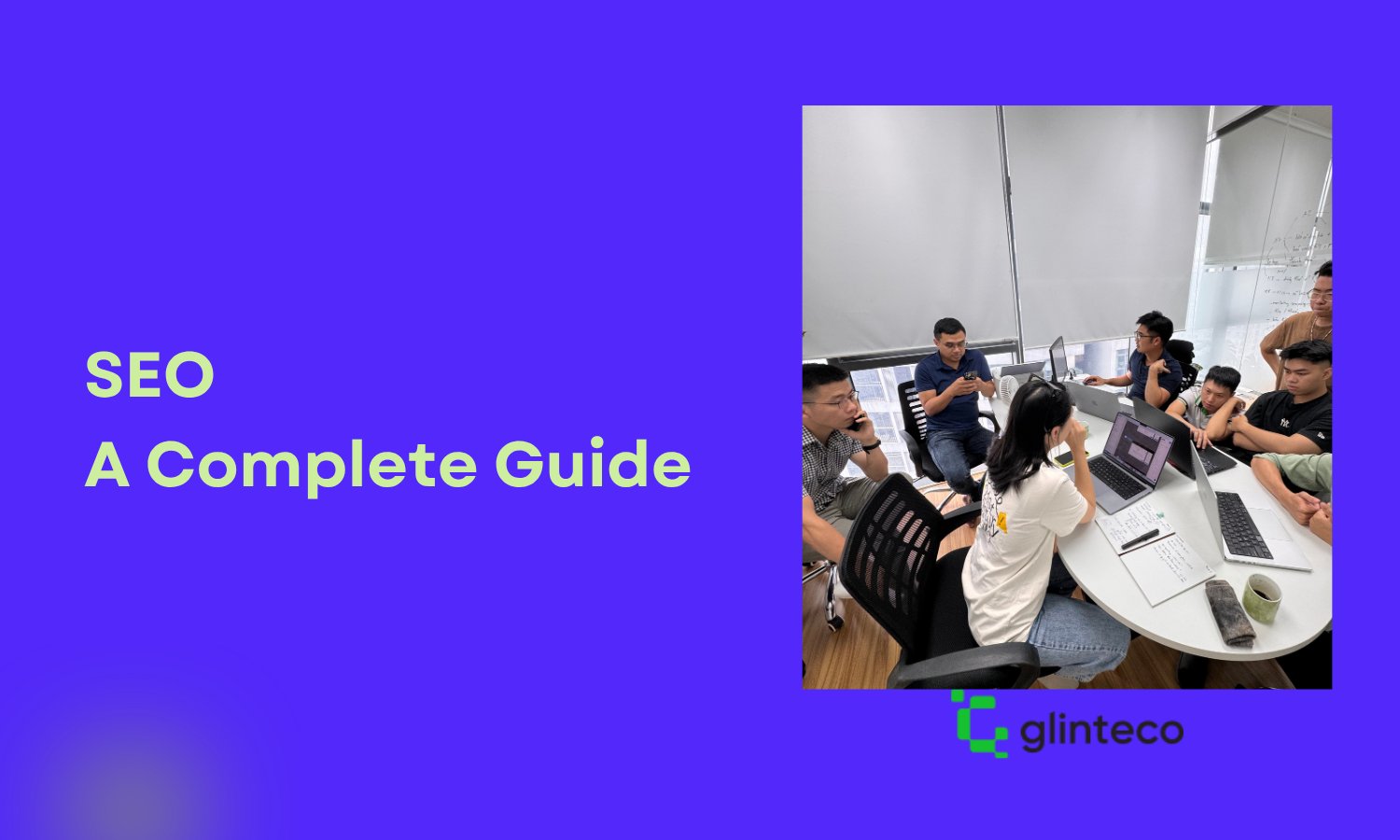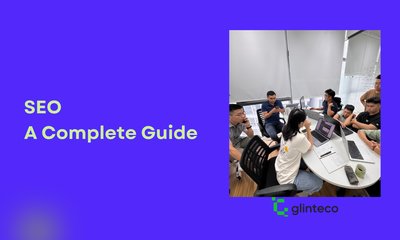What is SEO – A Complete Guide
By JoeVu, at: June 2, 2023, 10:31 p.m.
Estimated Reading Time: __READING_TIME__ minutes


Picture this: your website is at a party full of dazzlings sites, and you’re stuck in the corner shouting, “Hey Google, notice me!” . That’s SEO in a nutshell. But behind the jokes and the memes lies a serious craft: Search Engine Optimization, the art of making search engines fall head over heels for your pages.
Why SEO Matters Today
-
Organic Traffic = Free Lunch
Every visitor you earn without paying per click is like a free slice of pizza (delicious and budget-friendly)
-
Credibility & Trust
If your site ranks on page one, users assume you’re the Beyoncé of your industry. If you’re page two, you’re more like the backup dancer no one notices
-
Long-Term ROI
Unlike a one-off ad campaign, good SEO compounds: today’s effort pays dividends weeks, months, or even years down the road.
-
Competitive Edge
Your rivals might be spending big on ads, imagine dominating the organic listings too. Cue the slow-motion victory dance.
Core Elements of SEO (a.k.a. Your Toolkit)
-
Keywords
The secret sauce that tells search engines what your content is about. Do your research to find the phrases your audience actually types at 2 a.m. when they’re frantically Googling solutions
-
Backlinks
Think of these as votes of confidence from other websites. The more high-quality sites pointing at you, the more search engines trust you—like an academic citation, but for the web
-
Content Quality
Content isn’t just king, it’s the whole royal court. Engaging, informative, and well-structured articles keep readers (and Google) happy. Bonus points for puns, stories, and eye-catching visuals
-
Technical Optimization
Behind-the-scenes wizardry: fast load times, mobile-friendly layouts, clean URLs, sitemap files, and proper indexing. If your site were a car, technical SEO would be the engine tune-up
How SEO Works: Demystifying the Algorithm
Search engines use complex algorithms—basically giant decision-making robots—to crawl, index, and rank pages. While Google’s exact recipe is a closely guarded secret, we know they look for:
-
Relevance: Is your page a good match for the user’s query?
-
Authority: How trustworthy is your site? (Backlinks help here.)
-
User Experience: Does your site load quickly? Is it easy to navigate?
-
Freshness: Is your content up-to-date and regularly maintained?
SEO is simply the process of aligning your site with these ranking factors so you show up when it counts.
Step-by-Step SEO Implementation
Follow these six stages to turn your site from wallflower to search superstar:
-
Keyword Research
-
Tools: Google Keyword Planner, Ahrefs, SEMrush
-
Identify high-value, low-competition phrases
-
Group them into themes (e.g., “Django development tips,” “tax automation software”)
-
-
On-Page Optimization
-
Title Tags & Meta Descriptions: Craft compelling, keyword-rich headlines and summaries
-
Headings (H1, H2, H3…): Organize content for both readers and bots
-
URL Structure: Keep URLs short, descriptive, and hyphen-separated (e.g.,
/seo-complete-guide)
-
Image Alt Text: Describe images to improve accessibility and image search rankings
-
-
Technical SEO Audit
-
Site Speed: Compress images, enable caching, use a CDN
-
Mobile-Friendly Test: Ensure responsive design
-
XML Sitemap & Robots.txt: Guide search engines through your site
-
Fix Crawl Errors: Use Google Search Console to spot broken links or pages Google can’t access
-
-
Content Creation Strategy
-
Pillar Pages & Topic Clusters: Build a comprehensive “hub” page (your guide) linked to more in-depth sub-articles
-
Regular Updates: Keep examples fresh and data current
-
Multimedia: Embed videos, infographics, and slides to enrich content
-
-
Link Building
-
Guest Posts: Contribute expert articles to industry blogs
-
Resource Pages: Offer your content as a helpful link for roundup posts
-
Digital PR: Share unique research or case studies for journalists to cite
-
-
Monitoring & Analytics
-
Google Analytics: Track traffic, bounce rate, session duration
-
Search Console: Monitor impressions, clicks, and average position for your target keywords
-
Adjust & Iterate: If a post underperforms, tweak the title, add more details, or build extra backlinks
-
Advanced SEO Tips for 2025
-
Core Web Vitals: Prioritize LCP (Largest Contentful Paint), FID (First Input Delay), and CLS (Cumulative Layout Shift)
-
AI-Friendly Content: Structure for featured snippets and voice search (use Q&A sections)
-
Semantic SEO: Cover related topics and synonyms—write for meaning, not just keywords
-
E-A-T: Demonstrate Expertise, Authoritativeness, and Trustworthiness with author bios, citations, and secure HTTPS
Common SEO Pitfalls (and How to Avoid Them)
| Pitfall | Fix |
|---|---|
| Keyword Stuffing | Write for humans: use keywords naturally, and sprinkle in related terms. |
| Ignoring Mobile | Always test on mobile devices, your pages must look and work perfectly on a phone. |
| Neglecting Site Speed | Run speed audits (PageSpeed Insights) and address any major slowdowns. |
| Focusing Only on Google | Don’t forget Bing, DuckDuckGo, or even YouTube search if video is part of your plan. |
| One-and-Done Content | Refresh and update high-value pages at least quarterly. |
Conclusion
Mastering SEO is a marathon, not a sprint so lace up your running shoes. By combining solid keyword research, top-notch content, technical finesse, and ongoing analysis, you’ll climb those search rankings faster than a caffeine-fueled programmer on a weekend hackathon.
Ready to elevate your visibility and leave your competitors in the dust? At Glinteco, we blend deep technical expertise with creative flair to develop SEO strategies that boost your organic traffic, authority, and ROI. Let’s chat and turn your website into the life of the search-engine party!





